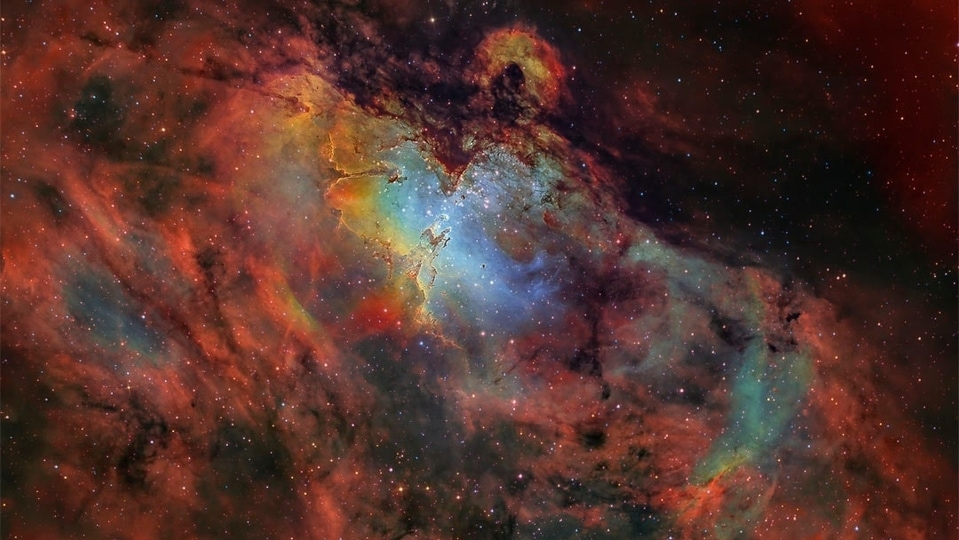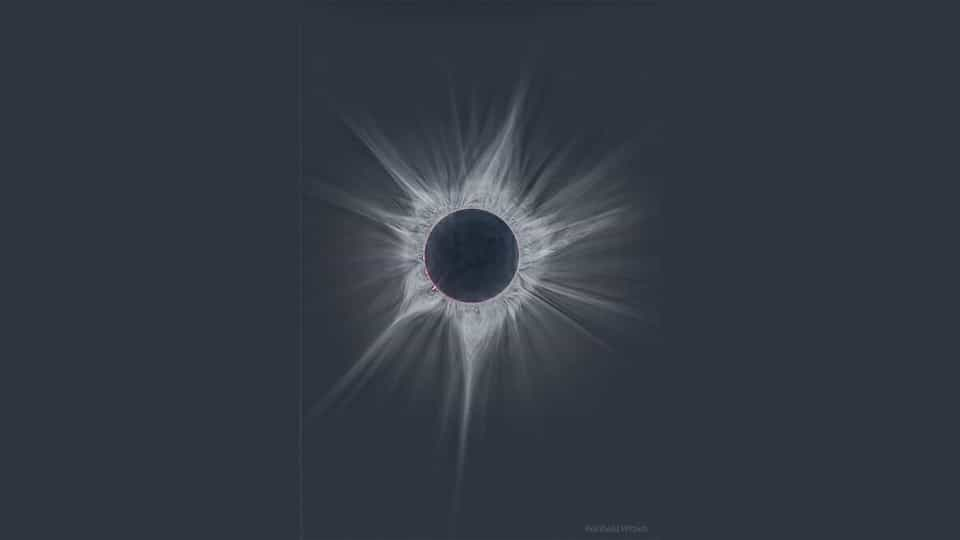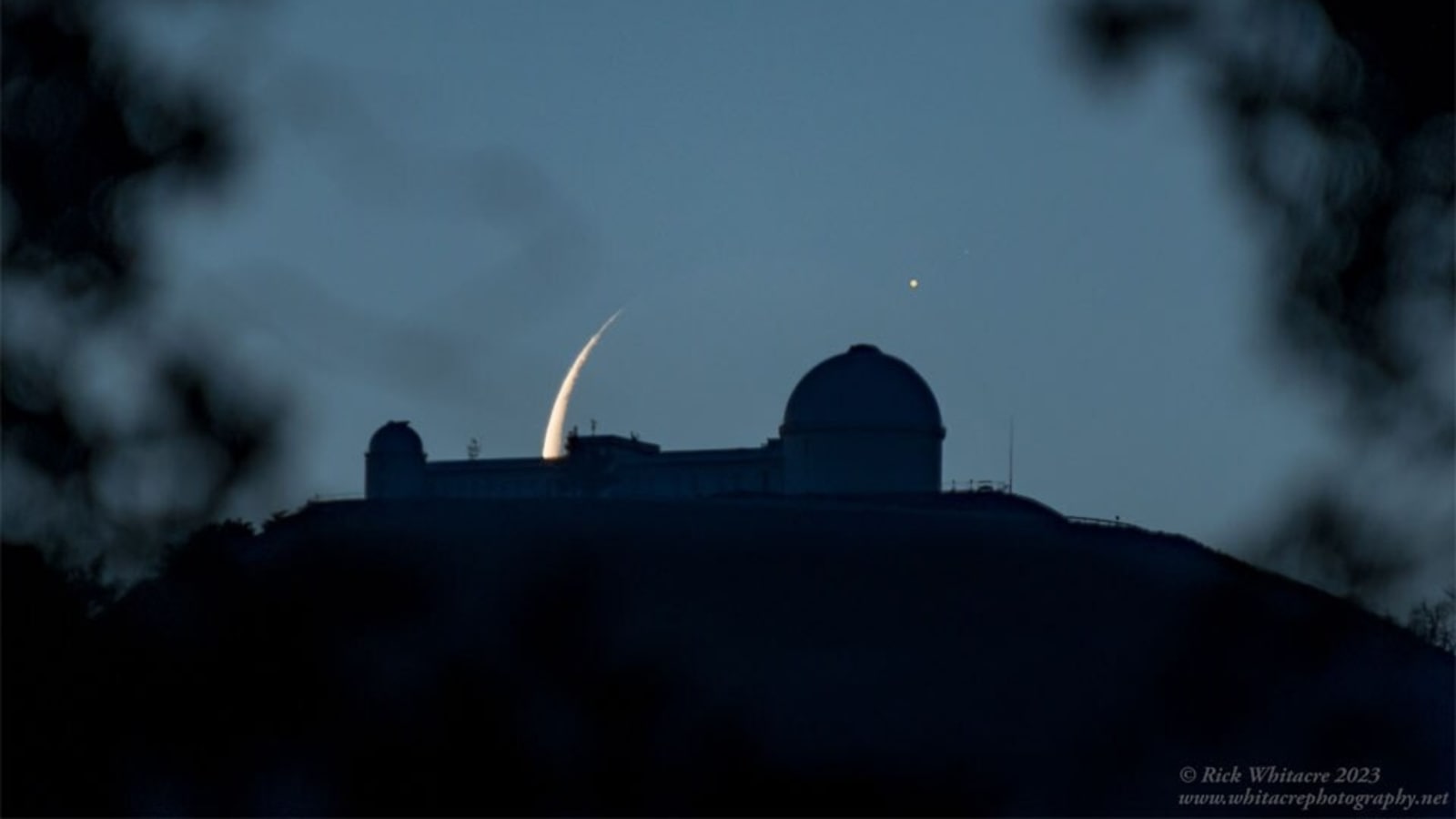NASA Astronomy Picture of the Day 24 May 2023: As Moon hides behind Jupiter, Sony camera snaps amazing pic
Today’s NASA Astronomy Picture of the Day is a snapshot of lunar occultation, as the Moon hid behind Jupiter.






 View all Images
View all ImagesOver the past few months, we have seen several stunning snapshots of celestial objects as part of NASA's Astronomy Picture of the Day, which is published on a daily basis. Snapshots of celestial objects like galaxies, black holes, nebulae, and more, were captured by astrophotographers from all over the world and have been shared by NASA. However, today's picture is a different one as it is not a snapshot of one particular object, but rather an occultation. For the unaware, occultation occurs when an object like a moon hides from the observer behind another object.
Today's NASA Astronomy Picture of the Day is a snapshot of lunar occultation, as the Moon hid behind Jupiter. This phenomenon occurred earlier this month, and while the Moon is half-lit by the Sun, its other part is in hiding. In the snapshot shared by NASA, the Moon is backdropping the Lick Observatory in California, USA, on the summit of Mount Hamilton.
The picture was captured by astrophotographer Rick Whitacre from Joseph D Grant Park in California using a Sony A7IV full frame hybrid camera with Sony FE 200-600mm lens.
NASA's description of the picture
Sometimes we witness the Moon moving directly in front of -- called occulting -- one of the planets in our Solar System. Earlier this month that planet was Jupiter. Captured here was the moment when Jupiter re-appeared from behind the surface of our Moon. The Moon was in its third quarter, two days before the dark New Moon.
Now, our Moon is continuously half lit by the Sun, but when in its third quarter, relatively little of that half can be seen from the Earth. Pictured, the Moon itself was aligned behind the famous Lick Observatory in California, USA, on the summit of Mount Hamilton. Coincidentally, Lick enabled the discovery of a moon of Jupiter: Amalthea, the last visually detected moon of Jupiter after Galileo's observations.
Catch all the Latest Tech News, Mobile News, Laptop News, Gaming news, Wearables News , How To News, also keep up with us on Whatsapp channel,Twitter, Facebook, Google News, and Instagram. For our latest videos, subscribe to our YouTube channel.





























